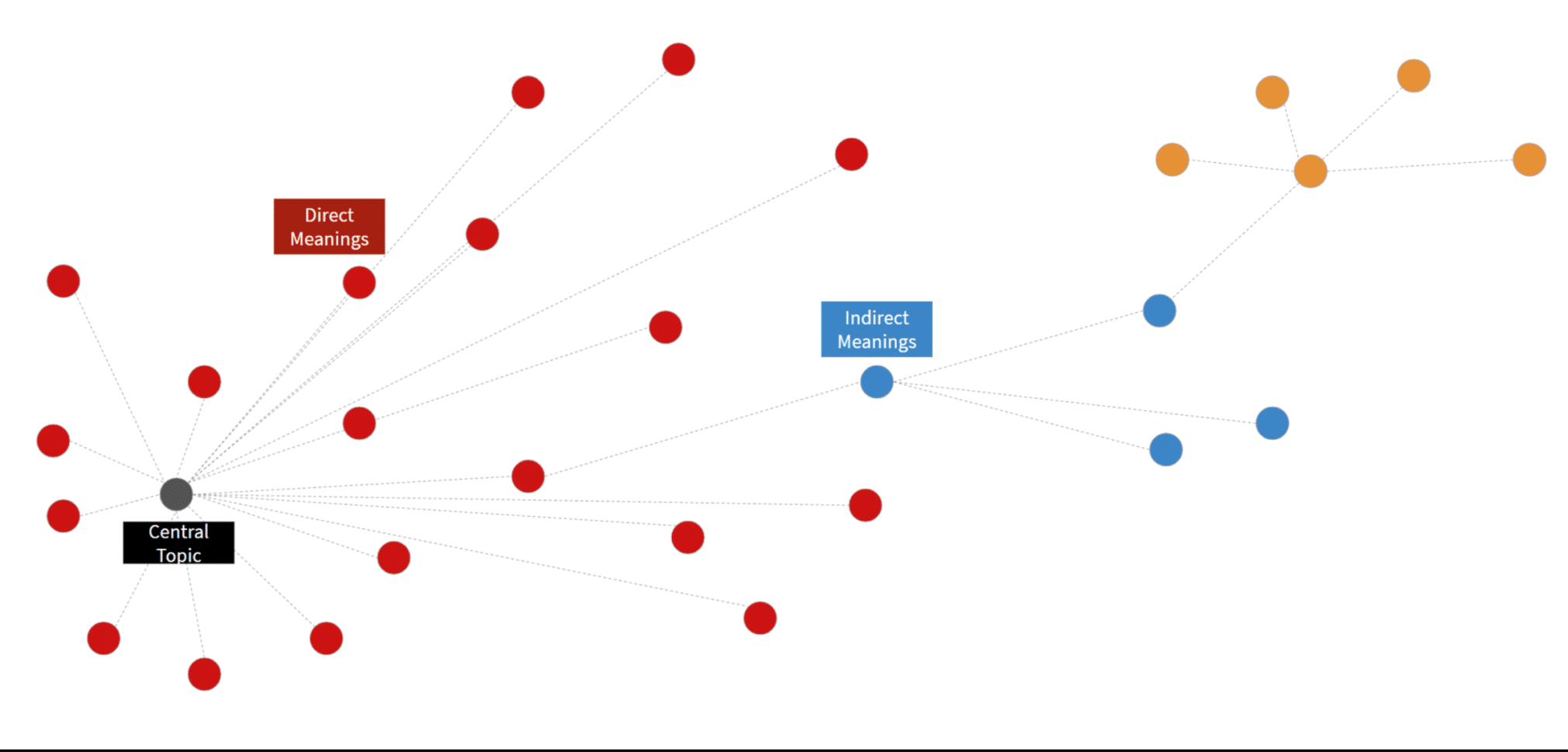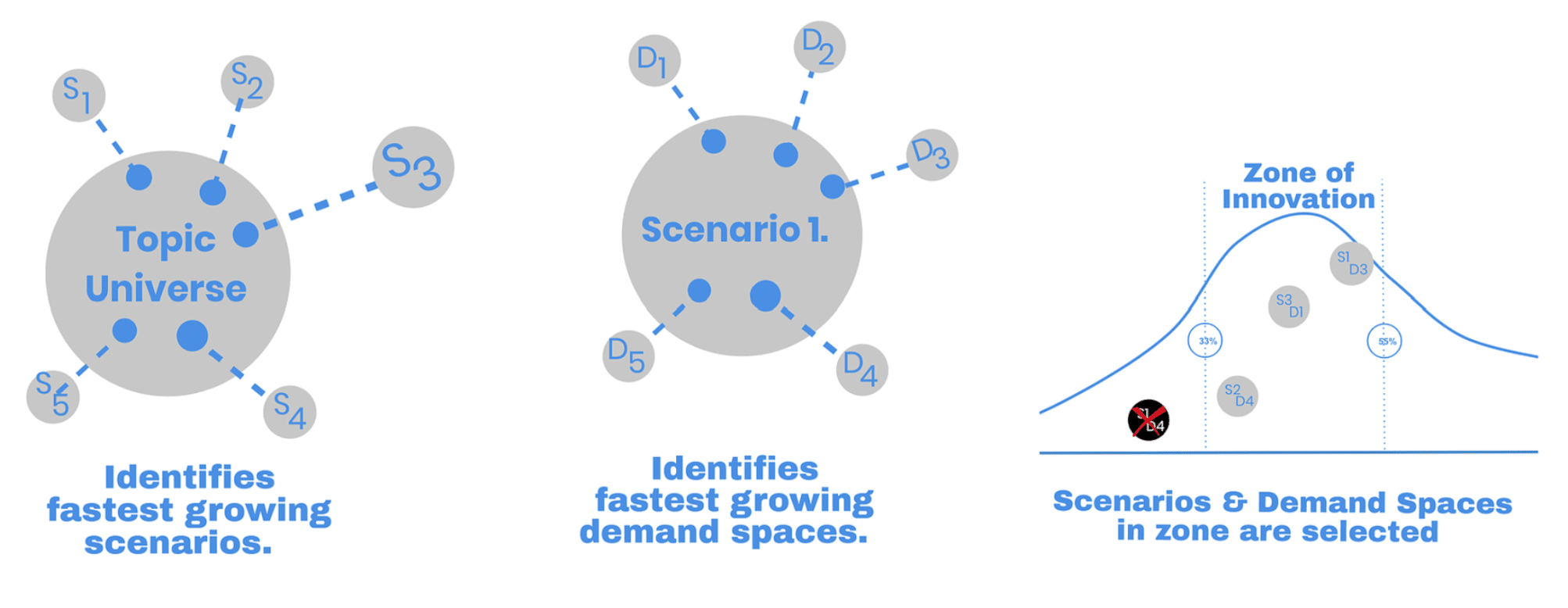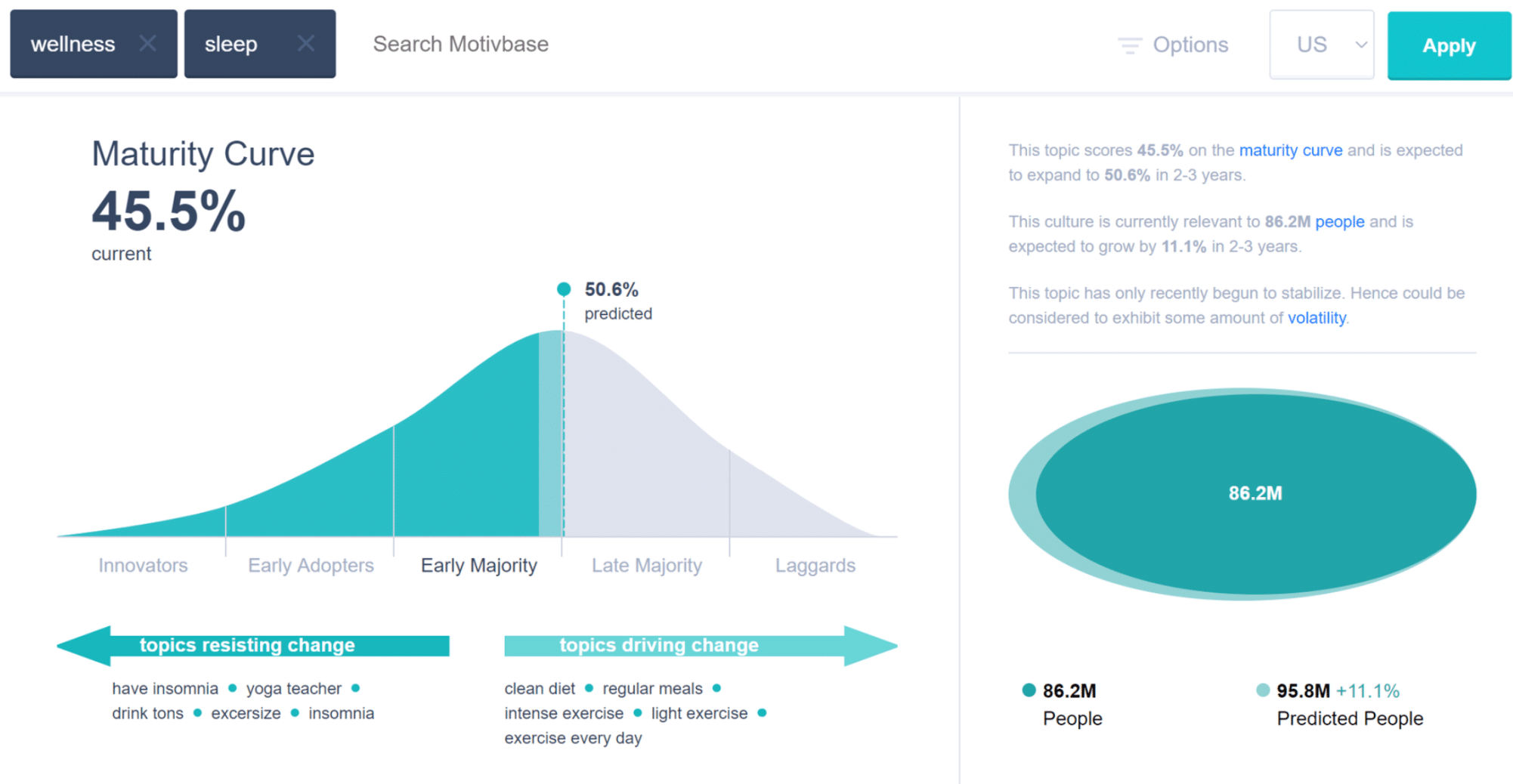Almost every organization invests in projects that examine futures and trends for obvious reasons. Part of it is an insurance policy against unforeseen change. Part of it is the result of leadership’s desire to take a more proactive and opportunistic approach to identify gaps in the marketplace and bring solutions to life before the competition.
So naturally, almost all the major research firms in the world offer futures analysis as a service. They hire and train “futurists” and “forecasters” and use scenario-based frameworks to conceive of possible futures. Typically the scenarios fall into a four quadrant framework, where each quadrant is populated by seeking input from a variety of different data sources, and of course the futurist’s own judgment.
Our company has often been a source of input (one among many) in such projects where we’re asked to answer some key questions that feed into each of the futurist-identified scenarios. The results haven’t been too bad and obviously some futurists are better than others. However, going through the experience multiple times fueled our desire to find a way to take a purely consumer-led approach in the identification of the future scenarios themselves. This way, the input of culture (or consumer culture) would drive the entire process and not just some parts of it.
Consumer-led scenarios vs. industry-led.
Whenever any kind of change begins to occur in culture, the first indications of it always arise in the broader contextual universe, in the form of the creation of new and emerging meanings and the removal of existing ones. These are what we call signals. The difficulty is that such signals aren’t easy to detect. They’re not literally talked about by consumers in the same breath as the underlying topic being studied. For example, if you’re trying to understand the future of work, you need to look at the new meanings that the term “work” takes on in peoples’ lives. In order to get at these meanings, it’s not enough to look at direct mentions of the topic of work. You need to go beyond the obvious, into the broader contextual universe of discussions where the term work may not be literally talked about, but the discussions are in the context of work and they’re shaping the future of it, by giving new meaning to it.

New signals always arise indirectly in relation to a topic and slowly strengthen in connection and eventually become directly related to the topic at hand. Interestingly, these new signals are nothing but consumer-led scenarios. They’re possible future states, the only difference is that they come from the collective brains of millions of consumers rather than that of the futurist’s.
It was this realization that led us to create MotivBase Signals – a platform that leverages our contextually intelligent engine to identify the broader set of emerging meanings around a topic of concern and of course, measure the consistency with which it strengthens in the context of the underlying topic.
From consumer-led scenarios to consumer-led futures.

Taking this approach allows us to first identify scenarios from the consumer’s perspective, and then study them to understand what they mean to the consumer and why. For example, in the example of the future of work, we may identify 10 different emerging signals of change and then dive into each of them using our Trends platform to perform a big data ethnographic analysis on each. The result will be the quantification of each scenario in terms of its maturity, market potential, and growth rate. The outcome would allow us to clearly see each scenario and prioritize them in accordance with the organic demand emerging in the marketplace.
Then we can begin to apply the organizational lens to match consumer-led opportunities and futures to organizational competencies and search for strategic alignment and a clear path forward.
Coming back to the role of data in futures work.
We have a tendency as human beings to look for data sources that we feel traditionally comfortable with. They seem more accurate simply because they require little to no new education in the organization. For example, taking sales data from comparable products or solutions is a simple way to point at an adjacency and suggest that whatever is going on in a related industry might also be true someday in one’s own business or category. While there’s nothing wrong with an approach like that, we advise our clients against doing so until after the consumer-led scenarios are uncovered and quantified.

Results from MotivBase – AI Anthropologist that performs big data ethnography.
A year or so ago we had a client that pointed to sales data sources around wellness in the context of sleep as a way to estimate growth in the wellness arena for skincare. Sounds perfectly reasonable and logical especially when you look at the connection between skin and sleep. But it’s not a relationship that the consumer makes in the same way. For example, upon analysis we discovered that the opportunity for wellness products in the area of sleep was twice as big as the opportunities for wellness products in skincare. By examining consumer-led futures first, we were able to identify the natural linkages made by the consumer (to wellness) in the context of skincare, and then study them to quantify the demand and rate of growth. It allowed our client to reconcile the gap between their own expectations and that of the consumer’s. Most importantly, it allowed them to make the right level of investment in the wellness area – one that matched the resulting reward.
